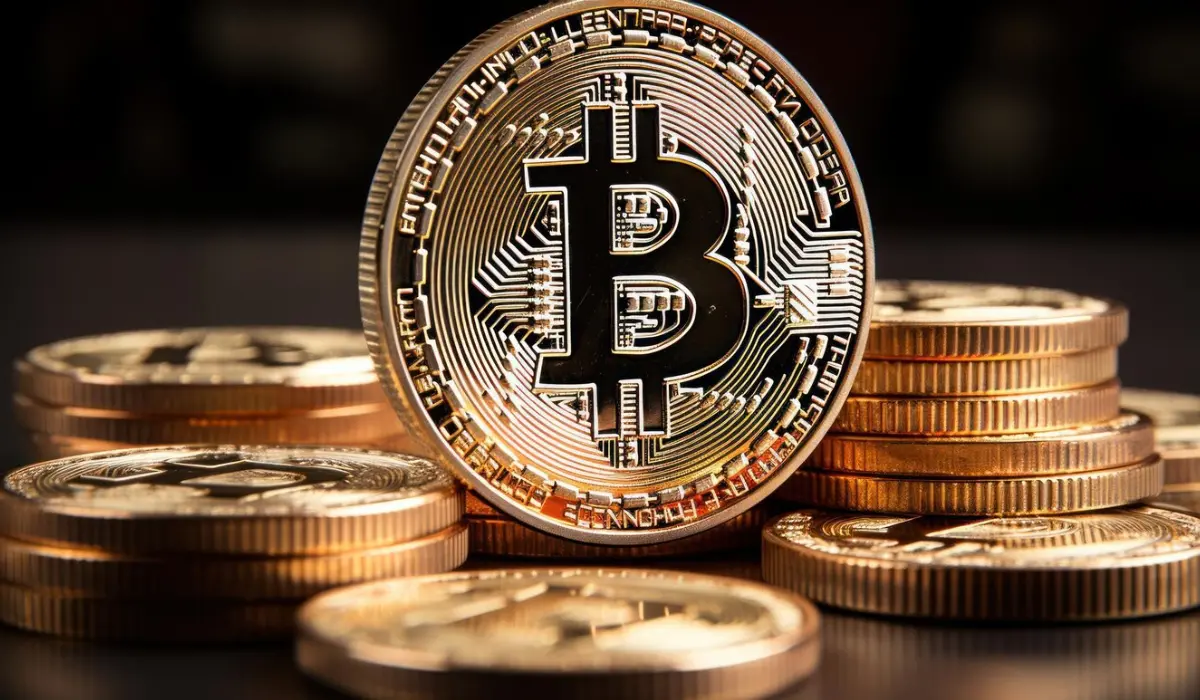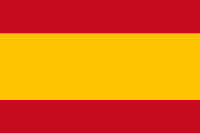Bitcoin halving is one of the anticipated events for miners. The halving is reduced by half every four years and can cause great speculation among miners and the cryptocurrency market in general. The next bitcoin halving is said to be in 2028 and there are a few things to consider like the market value of Bitcoin.
Bitcoin Mining can affect the prices, impacting its economic significance. There are two ways to invest in Bitcoins: buying and mining. The first is straightforward whereas the latter requires computational knowledge as well as great infrastructure.
Miners are required to solve complex mathematical problems called hashes to add a block to the blockchain. People interested in crypto mining would be aware of the rewarded cryptocurrencies for solving equations to create blocks. This reward is cut in half every four years.
Here is a comprehensive guide to understanding Bitcoin halving and what to expect in the Mid-2028 Bitcoin Halving.
What is Bitcoin Halving?

The total supply of Bitcoin is set to 21 million coins. To control the overflow of crypto in the market, reduce inflation, and not exceed the set supply of Bitcoin, the profit given to the miners is reduced by half every four years, called Bitcoin halving, a built-in mechanism of the Bitcoin network.
Miners received 50 Bitcoins for each block created initially after the inception of Bitcoins in 2009 and this was reduced to half after 210,000 blocks mined which takes about four years. After 2009, the halving occurred in 2012 reducing the rewards to 25 BTC. Again in 2016, the reward became 12.5 BTC, in 2020 it was 6.25 BTC, and the last halving in 2024 with 3.15 BTC rewards for each block mined.
What are the advantages of Bitcoin Halving?
Bitcoin halving has a role to play in keeping the market value of Bitcoins intact. By reducing the profit of producing new bitcoins, a scarcity of the coins is created. This scarcity can increase the demand and value of the coins. Bitcoin is considered to be a deflationary asset as there is control over its availability. Bitcoins can become even more scarce in the future which will increase their price and reduce inflation. The price of Bitcoin rises after every halving as the demand also increases.
Bitcoin was intended as a payment method, but later as its value increased people started seeing it as an investment option to increase their assets. Halving reduces the supply of coins whereas the value of the investments increases.
First and Second Bitcoin Halving
The first Bitcoin halving was on 28 November 2012, four years after the inception of Bitcoins. The block reward was 25 BTC, half of the initial 50 BTC block rewards gained by miners in 2009. Before the first halving the trading amount of Bitcoin was around $12, but after the halving, by 2013 the price increased to $1100. The first halving gave popularity to Bitcoin and started to be valued as a limited asset drawing media and investor attention.
But even before the first halving, 50% of the available Bitcoins were mined and the price increased from $0 to $12 at that time.
The second halving was on 9 July 2016 and block rewards were reduced to 12.5 BTC. It was the time when blockchain technology boomed and the price of Bitcoin rose like never before. Toward the end of May, a noticeable increase in price before the halving in July. After the second halving, the price of Bitcoins increased to the all-time high rate of $19700, in December 2017. The demand for the crypto market and many other cryptocurrencies grew exponentially after this.
Bitcoin halving 2020
The third halving occurred on 11 May 2020 and the block reward was reduced to 6.25 BTC from 12.50 BTC. The COVID-19 pandemic at the time caused Bitcoin prices to crash, but interest from institutions and high-end companies like Tesla helped the Bitcoin market to rise. By 2020, the total number of Bitcoins was relatively less compared to the total Bitcoins traded, and the decrease in supply increased its value. The price of Bitcoins reached $58,250 by 2021.
Bitcoin halving 2024
The fourth Bitcoin halving was on 19 April 2024 and the block reward was reduced to an even lesser amount of 3.125 BTC. Miners are also able to earn an amount as transaction fees from each block. However, the miner who was able to mine the 840,000th block, the borderline of the halving, was able to earn over 40 BTC worth over $2.6 million, including both subsidies and fees. The reason for earning such an amount is unclear but might be due to the higher fees paid to ensure the transactions were included in the halving block’s 3,050 transactions.
Bitcoin halving 2028
The upcoming Bitcoin halving is predicted to be in 2028 and most probably in March or April. There might be a lot of predictions on the price of Bitcoin by 2028 halving, but it should be noted that the crypto market is highly volatile and unpredictable. So every predicted amount should be only looked at with scepticism because the amount could be anything. If the chart of Bitcoin halving follows in the coming halving, the price of Bitcoins could reach up to $434,280 per coin from the current $66,000 in 2028.
The number of blocks would be 105,000 on the fifth halving and the block reward is half the bitcoins of the fourth halving, which is 1.5625 BTC. The bitcoins created per day will be 225. Usually after every Bitcoin halving, the prices would reach an all-time high, but the Bitcoin halving in 2024 was different from the previous ones. The prices grew to a major height even before the event and the major reason for this rise is spot bitcoin exchange-traded funds (ETFs). This indicates that market demand greatly influences prices compared to halving events.
Miners could still benefit from some significant profits in the upcoming Bitcoin halving because of higher aggregate transaction fees due to the development of Ordinals and layer-two networks.
Future Bitcoin Halving
If the four-year Bitcoin halving would be continued in the same pattern, there would be 29 halvings more before the last halving in mid-2140 to reach the limit of 21 million bitcoins. When bitcoins are divided into satoshis, smaller denominations, will get an equivalent amount of 0.00000001 bitcoin by 2136 halving.
Bitcoin halving chart
| Introduction of Bitcoin | First halving | Second halving | Third halving | Fourth halving | Fifth halving | |
| Date | 3 January 2009 | 28 November 2012 | 9 July 2016 | 11 May 2020 | 19 April 2024 | Expected to be around 2028 |
| Block number | 0 | 210,000 | 420,000 | 630,000 | 840,000 | 105,000 |
| Block reward | 50 BTC | 25 BTC | 12.50 BTC | 6.25 BTC | 3.125 BTC | 1.5625 BTC |
| BTC created per day | 7200 | 3600 | 1,800 | 900 | 450 | 225 |
| BTC price at the start | – | $12 | $663 | $8740 | $62,013 | – |
| BTC price 100 days later | – | $42 | $609 | &11,950 | – | – |
| BTC price 1 year later | – | $964 | $2550 | $58,250 | – | – |
When is the next Bitcoin halving?
The next Bitcoin halving is expected to be in 2028 and most probably in the months of March or April with a block reward of 1.5625 BTC, which is half of the 2024 Bitcoin halving of 3.125 BTC.
When was the last Bitcoin halving?
The last Bitcoin halving was on 19 April 2024 with a Bitcoin reward of 3.125 BTC. The price of Bitcoins reached $62,013 at the beginning of the halving.
What to expect in Mid-2028 Bitcoin halving?
The profit given to miners in the form of Bitcoins for developing blocks was the major inspiration for miners to invest their time in mining. The Bitcoin halving system is crucial to keeping the total set amount of Bitcoins, making it deflationary. But as every halving passes, the profit also reduces by half. The upcoming halving in 2028 only gives 1.5625 BTC as a reward.
However, the profit for miners won’t only be limited to this, but it would also benefit in the form of transaction fees. The Ordinals and the development of the BRC-20 standard pushed the transaction fee to a higher rate than before. In May 2023, the transaction fee reached 13.7%. Therefore, miners can still make enough profit out of mining Bitcoins.
Conclusion
The value and demand for digital currencies like Bitcoin are increasing day by day and more people are coming forward to invest in this non-tangible way of holding assets. The Bitcoin halving system was brought to control the flow of mining and the set amount of 21 million bitcoins. This system reduces inflation and increases the value of Bitcoin assets.
Bitcoin halving occurs every four years when the number of blocks created reaches 210,000 blocks and the initial amount of 50 BTC gained by miners for each block is cut in half on every halving, reaching 3.125 BTC in 2024. The next Bitcoin halving is expected in 2028 with a rate of 1.5625 BTCas profit for miners.






